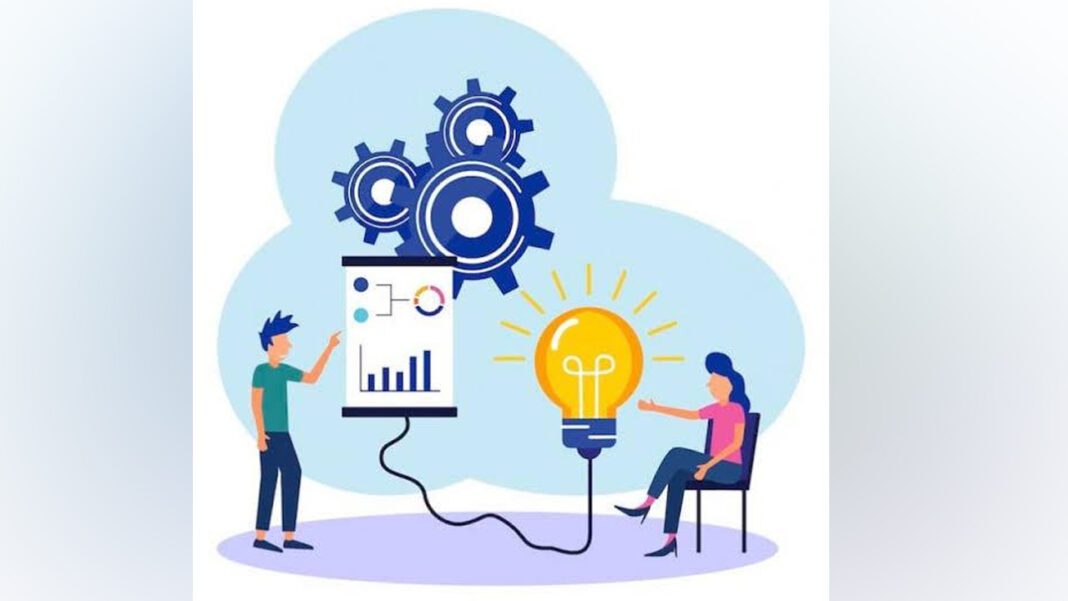Gender parity has been ceaselessly discussed as a concept but it remains more in the realm of ideas than in practice even in this era. Even legally bequeathed rights cannot promise women equitable access to education, employment, and protection against sexual harassment.
The 2023 Gender, Education, and Skills Report highlights have only re-emphasized the gender gaps in education and skills. It reveals that though teenage boys are more likely to lack proficiency in reading, math, and science than their girl counterparts, even the high-performing girls fall behind in further skill enhancement in these areas. The same report states that women continue to be underrepresented in STEM fields post education. This intensifies gender disparities in the labor market where they earn just 76% of what men earn.
Gitanjali Singh, Head of Strategy and Sales at Visionet BFSI says, “I cannot overemphasize the need to bridge this gendered skill gap. But even before that, we need to acknowledge the existing disparities within homes where traditional gender roles and expectations often limit opportunities for girls. Unequal access to education, limited exposure to technology, and restricted mobility restrict their ability to develop vital skills.
As they step into society, girls frequently find themselves in situations where they must fend for themselves while facing gender bias and discrimination. These challenges hinder their personal and professional growth and this is why it’s crucial to introduce and understand holistic educational interventions that go beyond traditional academic learning.”
Through a holistic educational approach, we can introduce concepts like the development of cognitive skills, life skills, soft skills like emotional intelligence, and career guidance into the educational framework so that young girls are well-equipped to face any challenges that they may face in their work environments.
It is equally necessary to provide young girls with equal access to quality education at all levels. This can be done by promoting enrolment and retention, ensuring safe and supportive learning environments, and incorporating gender-sensitive curricula that challenge societal norms. Additionally, initiatives aimed at enhancing digital literacy, vocational training, and entrepreneurship can empower girls with practical skills and open doors to a wider range of opportunities.
To conclude, to effectively address education and skill disparities faced by young girls, we need synergy between families, communities, educational institutions, and policymakers. Communities can contribute by implementing mentorship programs, building networking opportunities, and establishing safe spaces where girls can freely express themselves, while educational institutions hold a vital responsibility in prioritizing gender equality and establishing comprehensive support systems.
Policymakers should come up with more gender-responsive policies, increased investments in the education sector, and targeted initiatives. It is also absolutely crucial that family units encourage girls to transcend traditional gender roles and fulfill their educational and professional aspirations. A World Bank report indicates that such collective efforts yield positive outcomes and societies benefit from higher rates of economic growth and social development when girls’ education and skill development are prioritized.
As Nobel Peace Prize Desmond Tutu stated memorably, “If we are going to see real development in the world then our best investment is WOMEN!”




